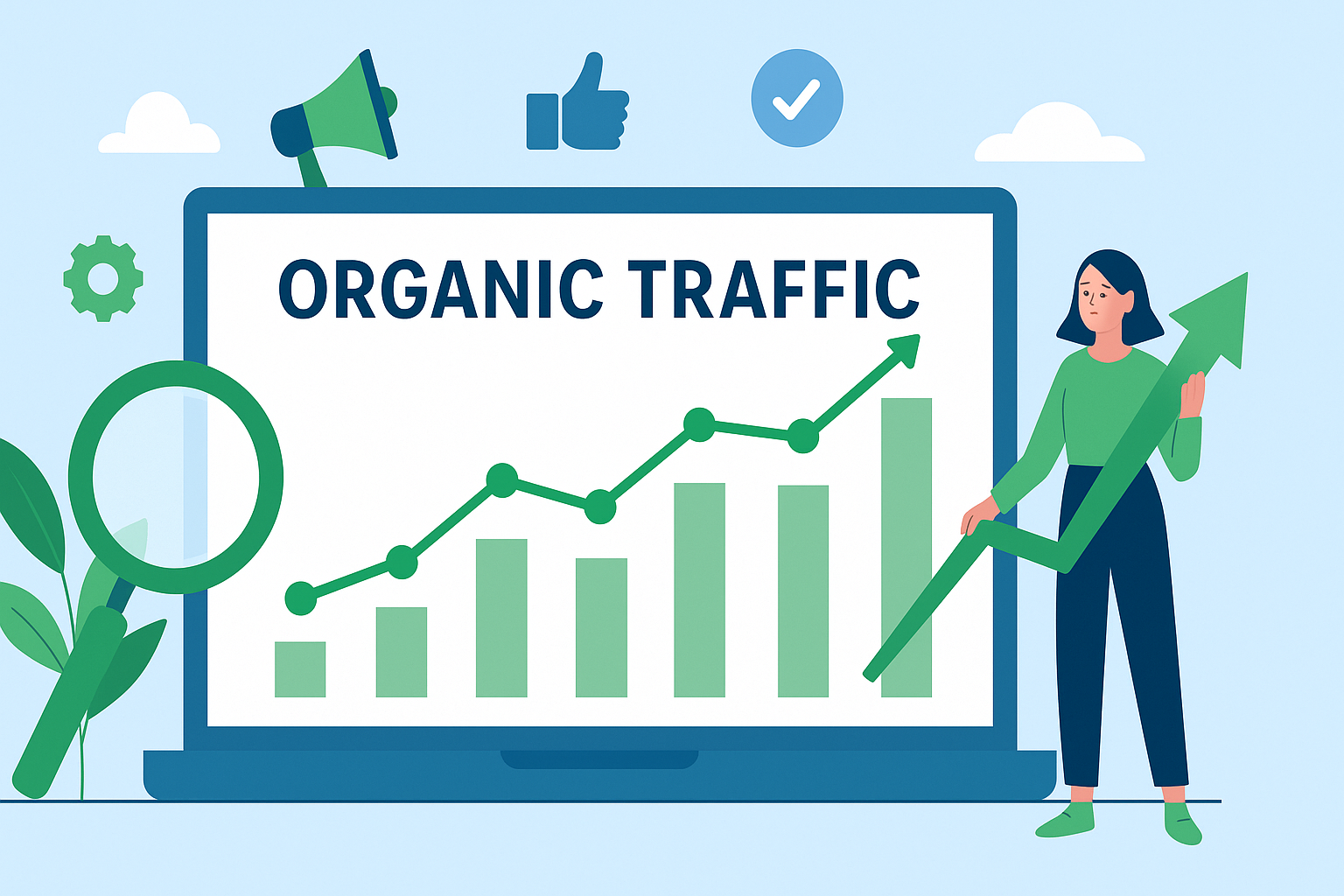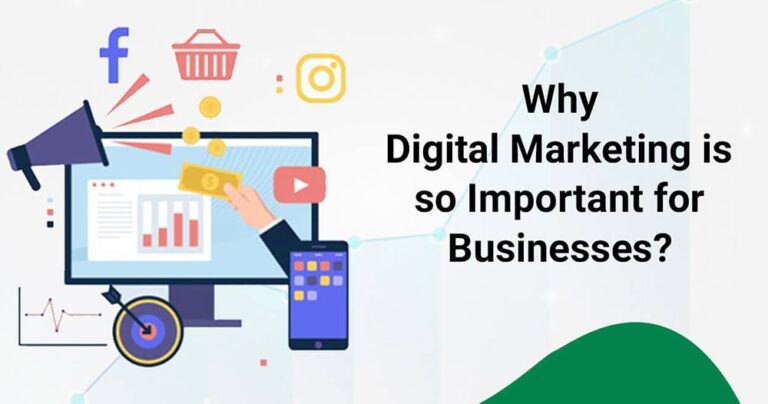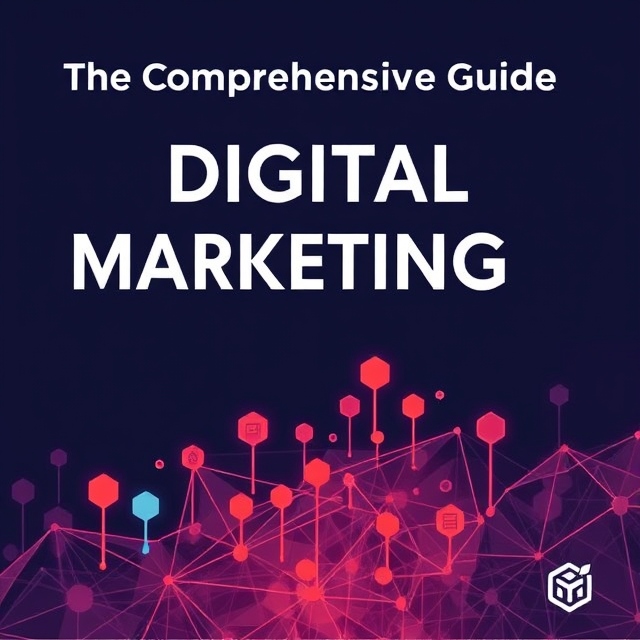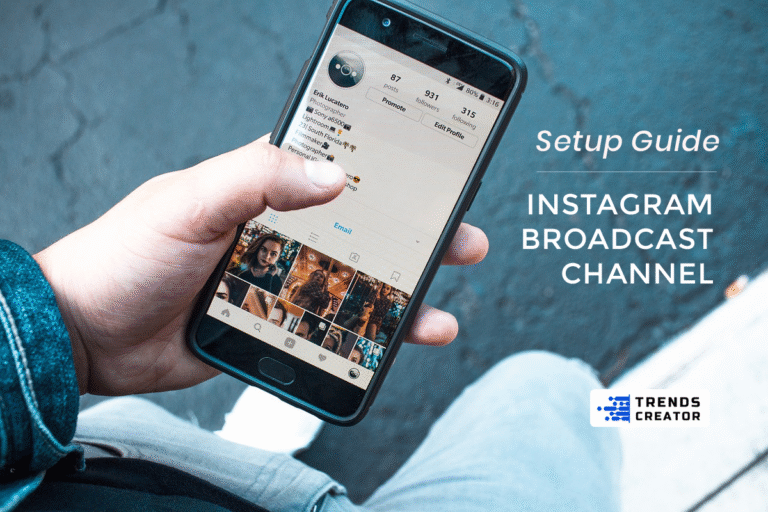The digital marketing industry, which has experienced rapid growth over the last few decades, is no stranger to change. Innovations and emerging technologies continually reshape the way marketers interact with consumers, offering new opportunities to engage, target, and convert leads. However, not all technologies have had a positive impact on the field. Some are raising red flags for digital marketers, complicating their efforts and threatening the effectiveness of traditional strategies. In this article, we will explore the technologies that could be harming digital marketing by introducing new challenges, creating inefficiencies, and undermining the user experience.
1. Ad Blocking Technologies
The Rise of Ad Blockers
One of the most significant technologies undermining digital marketing is ad blocking. With the rise of tools such as AdBlock, uBlock Origin, and even built-in ad blockers in browsers like Google Chrome, consumers can easily remove advertisements from their online experience. According to a report by Statista, in 2021, approximately 27% of internet users worldwide were using ad blockers. This number is only expected to grow as users become more aware of how ads impact their browsing experience.
Impact on Revenue Streams
Ad blockers primarily target display ads, pop-ups, and banner ads, which are key revenue sources for many online publishers and businesses. As more people use ad blockers, digital marketers are finding it harder to reach their target audience through traditional display advertising. Without the ability to deliver ads to users, marketers are forced to find alternative, often less effective, methods for promoting products and services.
Erosion of Trust
Another issue with ad blockers is their role in eroding consumer trust in online ads. Many users install ad blockers because they feel bombarded by intrusive, irrelevant, or poorly targeted ads. As a result, consumers are becoming increasingly resistant to advertising, further diminishing the potential reach and effectiveness of digital marketing campaigns.
Example:
Many websites have seen a drop in ad revenue as users increasingly rely on ad-blocking software. Websites that rely on banner ads and pop-ups for monetization, such as news outlets and blogs, are experiencing a sharp decline in earnings due to widespread ad blocking.
2. Artificial Intelligence (AI) and Automation Gone Wrong
Over-Reliance on Automation
While AI and machine learning (ML) have the potential to revolutionize digital marketing, over-reliance on automation has its downsides. Marketers who use AI to automatically generate content, target ads, or optimize campaigns may inadvertently create robotic, impersonal customer experiences. AI-generated content can lack the emotional intelligence and creativity that human-created content offers, leading to a disconnect with audiences.
Impersonalization of Customer Interactions
AI-powered chatbots, for example, while highly efficient in providing quick responses, often fail to replicate the nuanced interactions that human agents can offer. Many customers still prefer personalized, human touchpoints for customer support, especially when dealing with complex issues. A chatbot that fails to understand a consumer’s unique situation may frustrate the customer, leading to poor experiences and a loss of trust in the brand.
Quality Over Quantity
Automation tools that generate mass content or deploy repetitive ads based on algorithms may compromise content quality. This results in consumers seeing the same generic content or irrelevant ads repeatedly, making them more likely to ignore or even become annoyed with the brand. Content may become optimized for algorithms rather than for user engagement or emotional connection, diminishing the overall value for consumers.
Example:
Brands like Expedia and Samsung have faced backlash over poor chatbot experiences. While these bots can handle basic inquiries, they often struggle with complex customer queries, frustrating users and leaving them longing for human interaction.
3. Privacy and Data Protection Laws
The Impact of GDPR and CCPA
As governments and regulatory bodies around the world become more focused on consumer data privacy, marketers are facing an increasing number of restrictions on how they can collect, store, and use customer data. The General Data Protection Regulation (GDPR) in the European Union, along with the California Consumer Privacy Act (CCPA) in the United States, has introduced strict guidelines that have significantly impacted digital marketing strategies.
Limitations on Data Collection
With these regulations, companies are required to obtain explicit consent from users before collecting any personal information. This has created friction between marketers and consumers. As more consumers become privacy-conscious, many are opting out of data-sharing agreements, making it more difficult for digital marketers to gather the data needed for personalized marketing campaigns. Marketers who previously relied on detailed behavioral data, such as browsing history, location, and demographic information, now have limited access to such information.
Increased Compliance Costs
For businesses, maintaining compliance with these complex regulations can be costly. Marketers must invest time and resources into understanding the intricacies of these laws and ensuring their campaigns do not violate any terms. Non-compliance can lead to hefty fines and damage to a brand’s reputation, further complicating the role of marketers.
Example:
Facebook, now Meta, has faced numerous challenges related to GDPR compliance. The social media giant had to adjust its data policies and practices to avoid hefty fines from European regulators. Similarly, Google has faced increased scrutiny for how it collects and processes user data in line with GDPR.
4. Too Much Data: The Paradox of Choice
Data Overload and Analysis Paralysis
In the digital marketing landscape, marketers are often overwhelmed by the sheer volume of data available to them. While data is essential for making informed decisions, there is such a thing as “too much data.” With the proliferation of tracking tools, analytics software, and social media insights, marketers may find themselves drowning in numbers without truly understanding how to leverage this information effectively.
Complexity in Decision-Making
As marketers are bombarded with an overwhelming amount of data from different channels, tools, and platforms, they may struggle to extract actionable insights. Analysis paralysis sets in when marketers are unable to make decisions due to conflicting or excessive data, which leads to missed opportunities or delayed actions.
Misinterpretation of Data
Even when data is processed, marketers may misinterpret it or rely too heavily on vanity metrics (such as likes, clicks, and shares) without focusing on meaningful outcomes (such as conversions or customer lifetime value). This can lead to misguided campaigns and a poor return on investment (ROI).
Example:
Many e-commerce businesses track dozens of metrics in an attempt to optimize their sales funnel. However, by focusing too much on non-actionable data points, they may ignore key indicators that could lead to a higher conversion rate, such as customer feedback or the time spent on certain product pages.
5. The Decline of Organic Reach on Social Media
Social Media Algorithm Changes
While social media platforms like Facebook, Instagram, and Twitter have been central to digital marketing, their algorithm changes have posed significant challenges to organic reach. Platforms are now prioritizing paid content over organic posts, making it harder for businesses to reach their audience without spending money on ads.
Pay-to-Play Environment
The transition to a “pay-to-play” environment on social media platforms means that brands can no longer rely on organic posts to achieve significant visibility. Marketers are now forced to spend increasingly larger budgets on ads to reach even a fraction of their target audience, which makes it difficult for small businesses with limited marketing budgets to compete with larger companies that can afford to run paid campaigns consistently.
Diminishing Trust in Sponsored Content
Consumers are growing more skeptical of sponsored content, especially when they realize that the content they see is heavily influenced by algorithms designed to maximize ad revenue for the platform. This erodes trust and reduces the effectiveness of advertising campaigns, leading to diminishing returns on investment for marketers.
Example:
A small business that once thrived on Facebook’s organic reach may now find its posts buried in the algorithm in favor of paid ads from larger competitors. The business is forced to invest in Facebook Ads to maintain visibility, which leads to higher costs and a less authentic customer connection.
6. Social Media Bots and Fake Accounts
The Challenge of Fake Engagement
Social media bots and fake accounts are increasingly being used to manipulate engagement metrics. These bots can create a false sense of popularity by generating likes, shares, comments, and even followers. For digital marketers, this means that engagement data may not always reflect genuine consumer interest, which can lead to misguided strategies and inflated expectations.
Fake Reviews and Influencer Marketing
The rise of fake reviews and influencer fraud also threatens digital marketing efforts. Fake reviews can mislead consumers, undermine the credibility of online marketplaces, and harm a brand’s reputation. Similarly, influencer marketing has faced scrutiny due to the prevalence of influencers buying fake followers or artificially inflating engagement metrics, making it difficult for marketers to gauge the true impact of their campaigns.
Example:
Several high-profile influencer scandals have revealed how some influencers artificially inflate their follower count or engagement rates, misleading marketers into spending large sums on campaigns with little actual return. Brands that rely heavily on influencer marketing may see diminished ROI and reputation damage.
Conclusion
While technology continues to shape the digital marketing landscape, it is important for marketers to be aware of the challenges and potential risks posed by certain innovations. Technologies such as ad blockers, AI automation gone wrong, increasing privacy regulations, data overload, and social media algorithm changes are all contributing to a more complex and, at times, counterproductive marketing environment. As the industry continues to evolve, digital marketers will need to navigate these challenges carefully to ensure their strategies remain effective, authentic, and aligned with the needs of today’s privacy-conscious and tech-savvy consumers.









